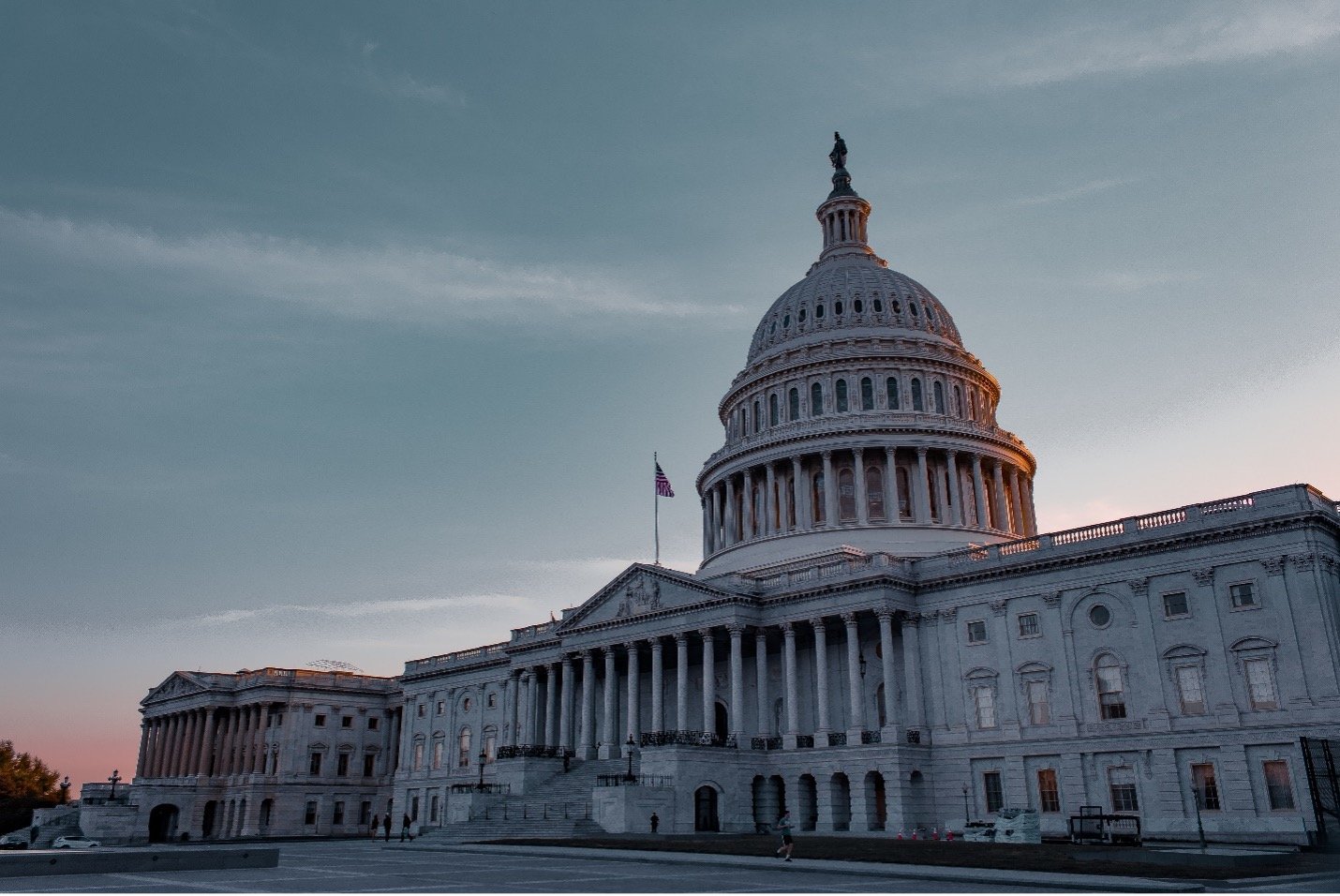New Executive Order Consolidates Procurement Functions in the GSA

Key Details: On March 20, 2025, President Trump issued an executive order (EO) titled “Eliminating Waste and Saving Taxpayer Dollars by Consolidating Procurement”. This order mandates a significant overhaul of the federal procurement system, centralizing the procurement of common goods and services (used by government agencies) within the General Services Administration (GSA). The goal is to streamline procurement processes, reduce redundancy, and optimize federal spending.
Government contractors should monitor the implementation of this EO and its related developments as it could impact the number of procurements of various products and services. Reach out to Ryan & Wetmore today to learn more.
Key Provisions of the Executive Order
Centralization of Procurement Functions:
The EO requires federal agencies to transfer their procurement responsibilities for common goods and services to the GSA. This includes the following categories:
- Facilities and construction
- Professional services
- IT
- Medical
- Transportation & logistics
- Industrial products & services
- Travel
- Security & protection
- Human capital
- Office management
The purpose of this consolidation is to eliminate waste and save funds, expanding the termination or economization of 6,000 contracts across the federal government according to the fact sheet.
Role of the GSA:
The GSA, established in 1949, is tasked with providing an economical and efficient system for core procurement services. The new order reinforces this role, making the GSA the primary agency responsible for managing government-wide acquisition contracts (GWACs) for IT and other common goods and services.
Implementation Timeline:
- Within 60 days of the EO, agency heads must submit proposals to the GSA Administrator. This is in relation to the GSA conducting domestic procurement for their agencies.
- Within 90 days, the GSA Administrator must submit a comprehensive plan to the Office of Management and Budget (OMB). This is for procuring common goods and services.
- Within 30 days, the OMB Director is required to delegate the GSA Administrator as the executive agent for all IT GWACs.
Rationalization of IT Contracts:
The GSA has also been directed to rationalize government-wide indefinite delivery contract vehicles for IT, eliminating duplication and inefficiencies. This includes potentially terminating existing IT GWACs managed by other agencies, such as NASA and NIH.
Implications for Federal Agencies and Contractors
The consolidation of procurement functions is expected to bring several benefits and challenges:
- By centralizing procurement, the federal government aims to leverage its purchasing power to obtain better prices and reduce administrative costs. The GSA's existing expertise in managing large-scale procurements is expected to enhance efficiency.
- There are concerns that the consolidation might reduce opportunities for small businesses, which have traditionally benefited from set-asides in federal contracts. The larger contract values resulting from consolidation could make it harder for small businesses to compete.
- The transition to a centralized procurement system will require careful management to address potential disruptions. Agencies must coordinate closely with the GSA to ensure a smooth transfer of responsibilities.
- Agencies with specialized procurement needs, such as the Department of Defense (DOD) and the Department of Veterans Affairs (VA), may face challenges adapting to the new system. The executive order does not exempt these agencies, raising questions about how their unique requirements will be met.
Conclusion and Action Plan
The Trump Administration's executive order represents a significant shift in federal procurement policy, aiming to eliminate waste and save taxpayer dollars through consolidation. While the potential benefits are substantial, the success of this initiative will depend on effective implementation and management of the transition process. Businesses can take the following steps to stay ahead:
- Monitor updates from the GSA regarding EO implementation.
- Evaluate how this EO will impact your current contracts and future procurement opportunities.
- Identify potential risks and opportunities arising from the new procurement framework.
- Review your business development strategies for alignment with a centralized procurement model.
- Consult with legal advisors to navigate the transition and address any legal implications.
Contact Ryan & Wetmore to learn more.
Today’s Thought Leader

About Peter Ryan
Partner, Co-founder, & CPA
Peter T. Ryan co-founded Ryan & Wetmore in 1988 with business partner Michael J. Wetmore. Peter provides clients with the best strategies for success. His expertise extends across various industries. Peter obtained a Master of Business Administration in Finance from the University of Baltimore and a Bachelor of Arts in Accounting from the Catholic University of America.


